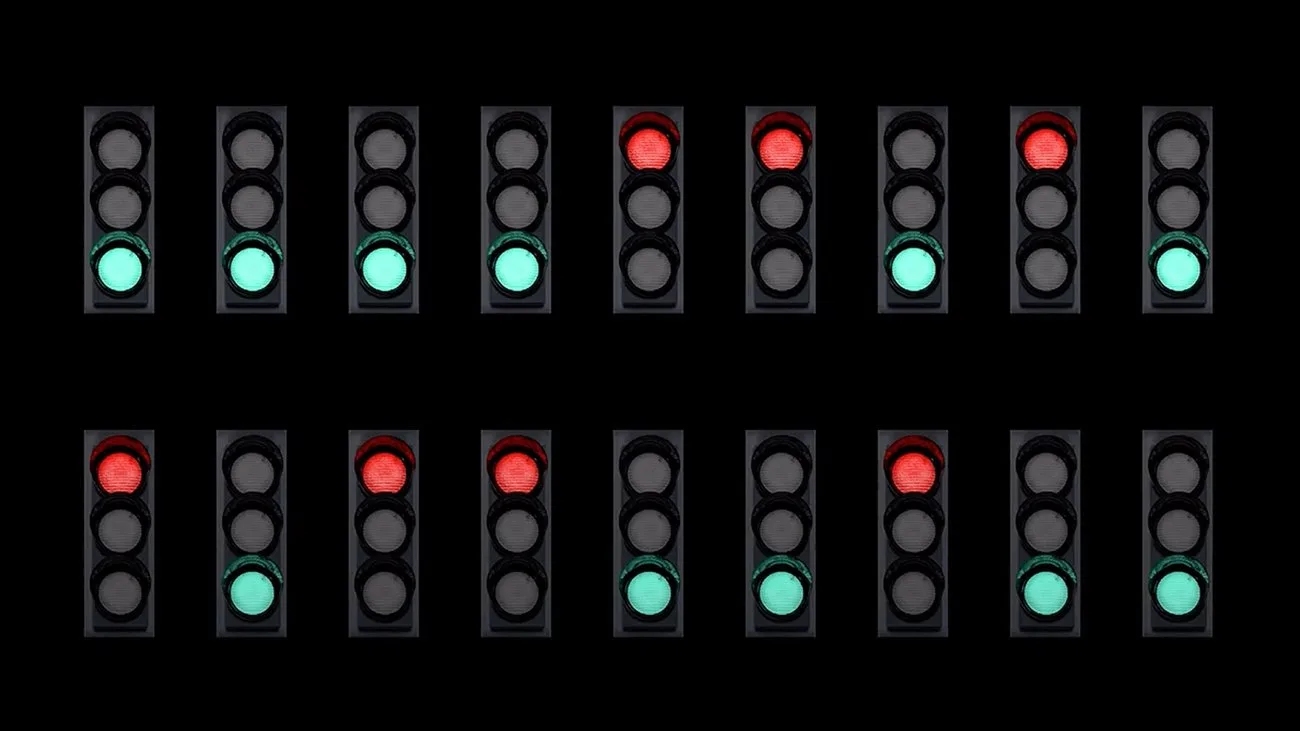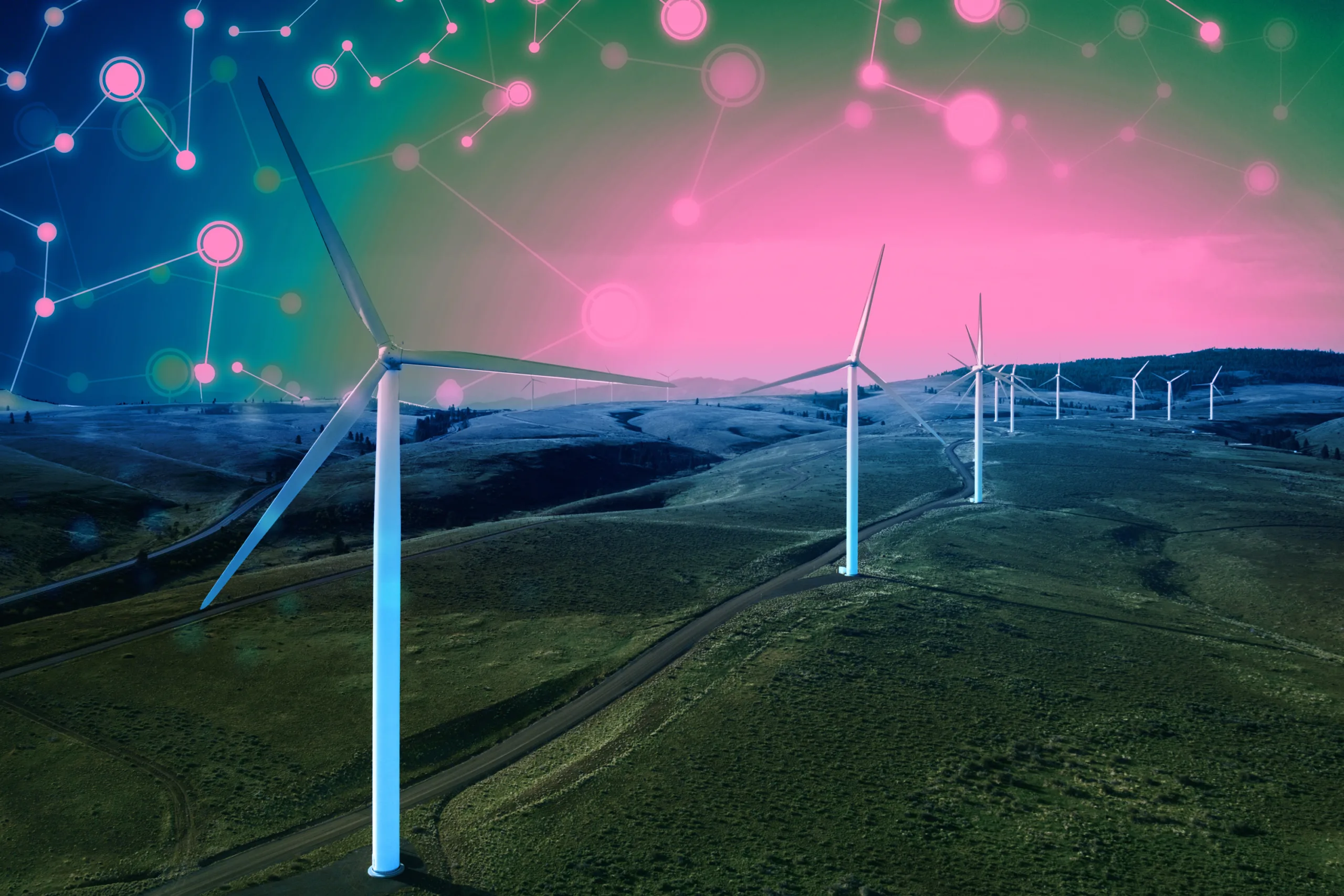In early 2020, a team within Google Research was tasked with exploring new ideas for research projects aimed at accelerating climate change mitigation. "We were looking into all sorts of big ideas, from lab-grown meat to energy and air pollution," says Dotan Emanuel, a software engineer on the team.
One evening, Dotan shared some of these ideas with his family over dinner. The conversation quickly shifted to a common frustration many of us face: "My wife Osnat said, ‘Why don’t you do something about traffic lights? We deal with them for no good reason,’" he recalls.
Road transport is a significant contributor to greenhouse gas emissions both globally and in urban areas. This is especially problematic at city intersections, where pollution can be 29 times higher than on open roads, with about half of these emissions coming from traffic accelerating after a stop. With millions of traffic lights worldwide, the scale of the problem was enormous—and if Google could do something about it, the opportunity was equally significant.
"My first thought was that we couldn’t do anything about traffic lights," Dotan explains. "But when it comes to research, the most fascinating challenges lie in the unknown."
With their curiosity sufficiently piqued, Dotan and his team delved into the mechanics of traffic engineering. They found that while some stop-and-go traffic is inevitable, a portion of it can be avoided by optimizing traffic light timing. Traditionally, cities had to either install expensive hardware or conduct time-consuming manual vehicle counts, neither of which provided comprehensive information on the key parameters they needed.
"We quickly realized we had a significant advantage that cities could benefit from: over a decade of Google Maps data revealing traffic patterns worldwide," Dotan explains. "And a few weeks later, we had a project proposal ready."
This proposal led to Project Green Light, an initiative that uses AI to make recommendations to city engineers for optimizing existing traffic lights and reducing emissions from stop-and-go traffic. After evaluating dozens of other great ideas, Green Light was chosen for its simplicity, scalability, and potential impact.


